Table Of Contents
What is Denim Fabric?
Denim is a twill-woven cotton or cotton-blended fabric with a diagonal line along the colored face and white on the back. The fabric consists of 2 sets of yarn called "warp and weft". Typically, warp is dyed with indigo and weft kept undyed and then woven together, which makes denim look blue on the front and white on the back.
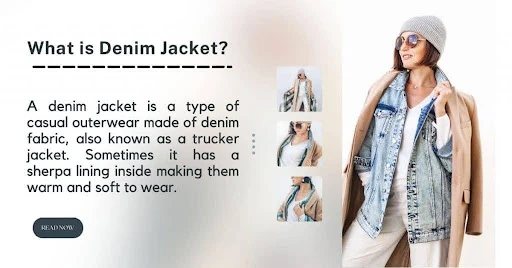
The origins of the name 'Denim'
Denim fabric is a type of cotton-made substantial woven fabric. Genoa, Italy, became noted for a durable, deep blue cotton cloth known as "bleu de Genes" in the 17th and 18th centuries. The majority of bleu de Genes fabric was shipped to Nimes, France, which was at the time the European hub for weavers and ribbon producers.
To reduce their reliance on Italian fabric makers, Nimes weavers began experimenting with creating their blue cloth that was equally sturdy and durable. They devised the twill cloth, which is made with a pattern of diagonal parallel ribs and two separate threads: wool and raw silk. The weft yarn was left white while the warp yarn was dyed with indigo.
Types of Denim
Denim has been enjoying its popularity since 1873 and has launched various types of Denim. Some of them are:
Raw Denim:
This type of Denim is not washed after dyeing during manufacturing. As it is not washed after dyeing, it avoids that distressed factory-made look and maintains a very even look
4 colored Denim:
There are two types of colored Denim as we know, one is blue and the other is the rest of the color. The eternal process of Denim is indigo dyeing. Blue Denim is the result of that indigo. Sulfur is often used while dyeing. It gives Denim the other looks like black, pink, grey, green, etc.
Selvedge Denim:
The term “selvedge Denim” can also be used as self-edge or selvage denim. The selvedge denim is nothing more than denim that is woven with an old-style shuttle loom continuous process, creating a finished edge. This type of denim is finished with a band which is usually of the color orange or red. This denim is trendy in the fashion world.
Marble Denim:
Marble denim is another name for this fabric. This is a denim fabric finish obtained using pumice stone soaked in chlorine. The fabric's color fades as a result of the stones' abrasion, creating an appealing contrast with the indigo color. After that, the fabric is cleaned, softened, and dried.
Stretch denim:
Cotton has been blended with elastane or a comparable material in this sort of denim. Because the produced fabric is more stretchy than regular denim, it's frequently utilized in form-fitting garments like skinny jeans.
Sanforized denim:
Sanforization, or the washing technique that has resulted in contemporary denim fabric, has been applied to most forms of denim. Sanforized denim is softer, but they're also less durable and less customizable than raw denim jeans.
Slub Denim:
Slub denim is made using slub yarn. Here slub refers to yarn intentionally spun with slub effects, thicker parts along the yarn. This thickness variation in the yarn creates a unique and irregular texture of denim. Nowadays, slub denim is very popular among denim lovers thanks to its snowy look.
Knit Denim:
Today, there is a new trendy type of denim fabric has been popular in the industry named knit denim. This trendy denim is manufactured by combining woven denim with knitted structures. Knitted denim is softer and more flexible than regular woven denim, making it easy to move with body movement.
Denim Fabric properties
|
Fabric Name |
Denim Fabric |
|
Composition of Fabric |
Cotton yarn |
|
Thread Count |
Low Thread |
|
Fabric Breathability |
Excellent |
|
Moisture-wicking Capability |
High |
|
Stretchability |
Low to medium |
|
Heat holding capacity |
Medium |
|
Prone to pilling |
No |
|
Fabric comfortability |
Average |
|
Washing temperatures |
Any temperature |
|
Used in |
Shirts, Jeans, Skirts, Jackets, suits, hats, aprons, belts, shoes, duvets, etc. |
What is Denim Fabric made of?
Although denim was originally made of 100% cotton, it's now made of other materials, as below.
- Cotton Denim: This is the normal Denim that is manufactured with pure cotton yarn. This fabric is comfortable, long-lasting, and versatile.
- Cotton and Poly/Spandex Denim: This means stretch denim that is made of cotton/polyester incorporated with a small amount of spandex. This stretchy denim is also known as lycra denim. Usually, spandex yarn is used in the weft to produce stretch denim.
- Poly Denim: The phrase "poly denim" refers to denim that is created from polyester as well as a variety of other synthetic fibers. Materials like viscose and polyester are sometimes combined with cotton to manufacture denim items and polyester. Several purists argue that poly denim isn't the same as "genuine" denim.
- Tencel Denim: Tencel denim is made of wood pulp like bamboo. This is a plant-based fiber alternative to cotton denim which is environmentally friendly and sustainable.
Denim Fabric Manufacturing Process
One of the special qualities of Denim is that it can be woven and dyed at one location. Other fabrics are normally woven in one place and dyed in one place. So, this special quality makes it convenient for Denim manufacturing. We have parted the manufacturing process of Denim into six parts. Here is the full process of how Denim is made:
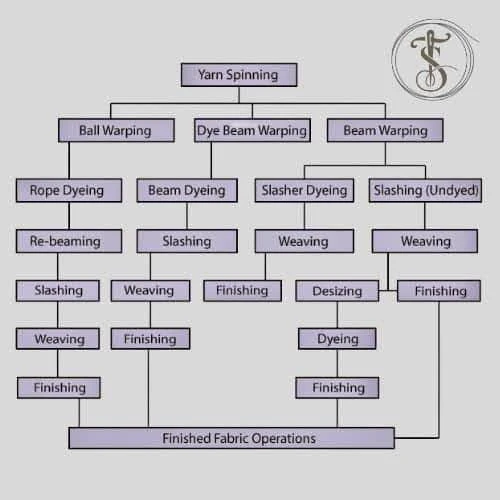
1. Yarn Production
Yarn made from raw fibers of cotton or other materials by spinning technology is used to produce denim fabric. The most commonly used yarns in denim production are, ring yarn, combed yarn, combed-compact yarn, open-end yarn, and the latest Siro-spun yarn. Besides, some stretched yarns like poly/spandex and cotton/spandex are often used to manufacture stretch denim.
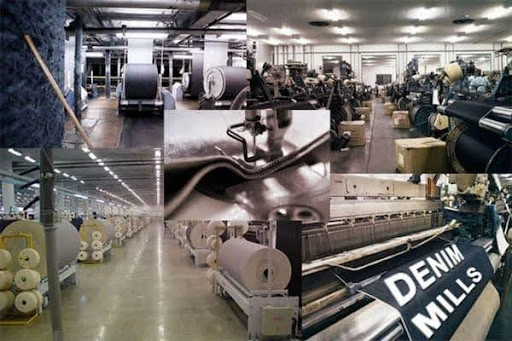
However, usually, lower counts of yarns (thick yarns) are used in denim production. Heavy denim is produced by using thinker yarns with yarn counts 6Ne to 16Ne whereas light denim uses counts between 20Ne and 40Ne.
In cotton stretch denim, the most common yarn counts are 10L40D, 10L70D, 12L40D, 12L70D, 16L40D, 16L70D, and 20L40D for cotton/spandex. In terms of polyester and polyester/spandex denim, yarns of 100D, 150D, 200D and 100L40D, 100L70D, 150L40D, 150L70D, 200L40D, and 200L70D counts are mostly used.
2. Ball Warping/Parallel Warping
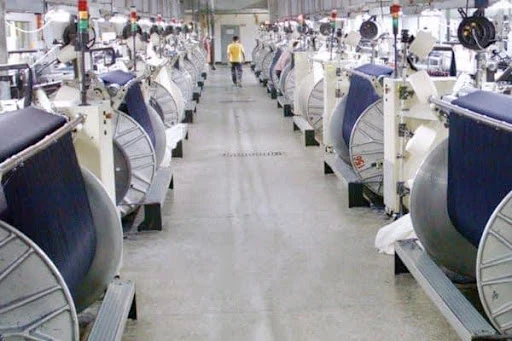
Yarns usually come in cone form from spinning which is not suitable for rope dyeing and slash dyeing. To make them suitable, they need to unwind from the cone and wind into a ball in rope form for rope dying. Nearly 380 to 500 yarns are bundled together to make one rope which later goes through the dyeing process. In the case of slash dyeing, warp yarns are wound into a warp beam in individual yarn form. This process is known as warping.
3. Rope/ Slash Dyeing
Denim is mostly dyed with indigo and sulfur black either in rope form by using rope dying technology or in individual yarn form by slash dyeing technology before being woven. Large balls of yarn are called “ball wraps”. In this stage, the yarns in rope form are dipped into the indigo baths for a short time at room temperature so that dyes cannot fully penetrate the fibers, making ring-dyed yarn that easily fades faster than fully dyed yarn. This is the most familiar denim dyeing method.
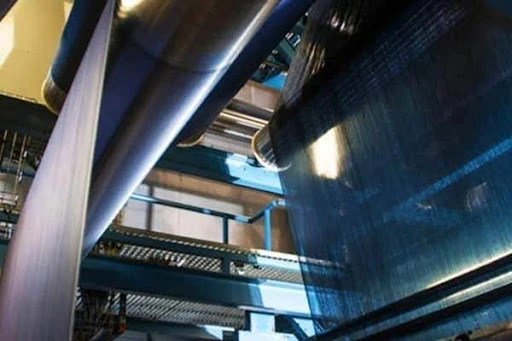
In slash dyeing, the yarns are dyed individual forms and then immediately sized at the back end of the dyeing machine. The dyed yarn is overlaid with sizing to make them stronger and stiffer. After slashing, the yarn threads are directly ready to be woven into the loom.
4. Long Chain Beamer (LCB)
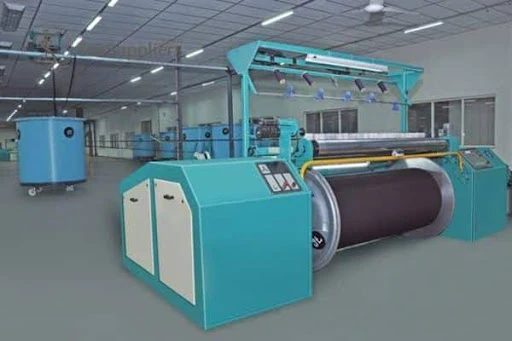
This step is required only for rope dyeing, not for slashing. Long chain beamer is a process to change the dyed warp yarns in rope alignment to an individual sheet form and wind them into a warp beam to make them suitable for sizing and weaving.
5. Sizing
The object of sizing is to improve the strength of warp yarns by chemically coating the surface of the yarns to withstand friction between them during weaving. This improvement in the strength of warp yarns is very essential as they have to undergo frictional forces like shedding, picking, and beating.
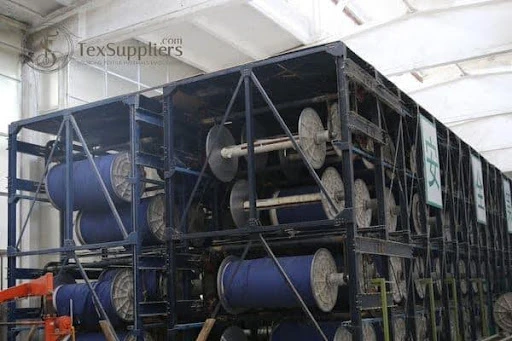
Another important operation done in sizing is that as the number of yarns in one warp beam is not enough to make the full width of fabric, the required number of yarns from many warp beams are drawn together to make a new sheet called weavers beam.
6. Weaving
Weaving is the process of making fabric by the interlacement of warp and weft threads. As stated earlier dyed yarns are used as warp and weft yarn kept undyed, and then woven together to produce denim fabric.
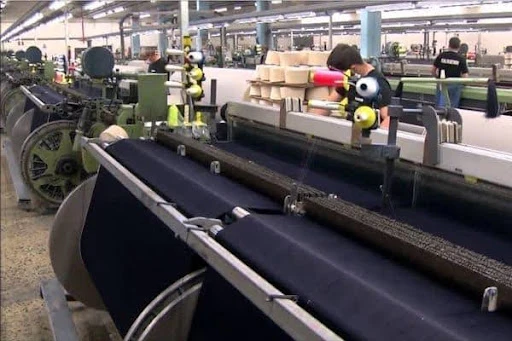
The weft is inserted through the opening of warp threads as per design by means of the weft carrier. In denim manufacturing, the most common weft insertion technologies are air jet, rapier, and projectile. Although traditional denim was 2/1 twill, nowadays denim is made out of 3/1 right-hand will and left-hand twill, broken twill, plain, satin, and dobby design.
Denim Fabric Uses
In the textile industry, denim fabric is used to make various applications. Denim fabric is mostly used in clothing. Skirts, Jeans, Blouses, Shirts, Jackets, and Vests all of these apparel applications are made of denim fabric.
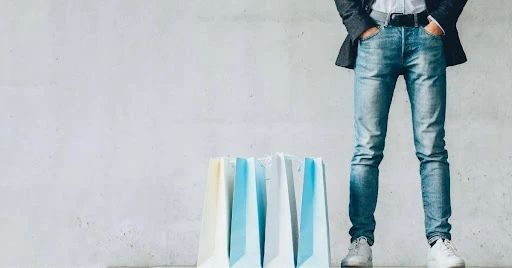
Also, various fashion items like Shoes, Purses, Belts, Hats etc. are made of denim fabric. Denim has found its way into the home accessories industry in the following areas since it has become a fashion icon as well as a functional fabric: Upholstery, Upholstery, Upholstery, and Pillows.
Conclusion
Denim fabric now comes in far too many kinds to list, and it's been blended with other fabrics and weave techniques as designers raced to create the latest denim fashion trends. Denim fabric currently comes in far too many types to list, and it has been blended with a plethora of other fabrics and weave designs as designers raced to establish the latest denim fashion trends.
There is a common misunderstanding between, denim and jeans, Let's find it out.





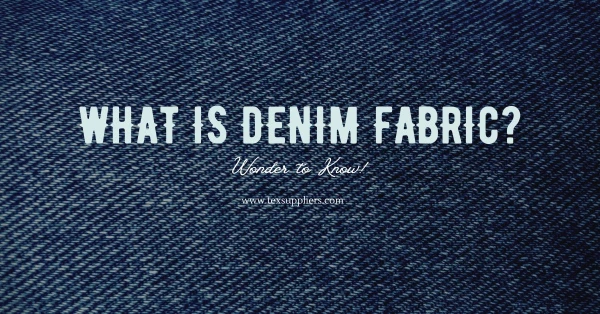
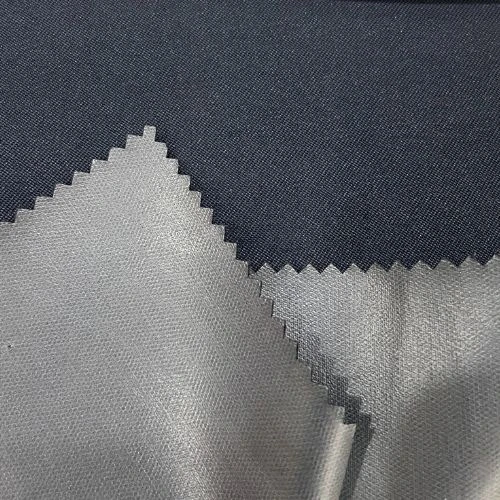
.webp)
.webp)





Comments - 00
Leave A Reply
Thanks for choosing to leave a comment.